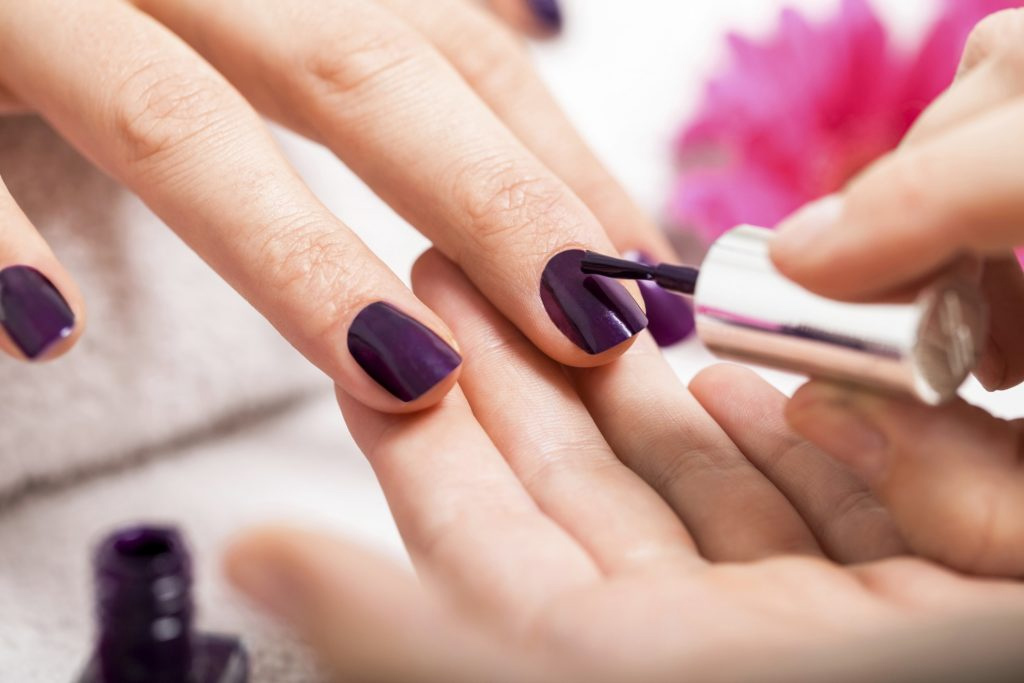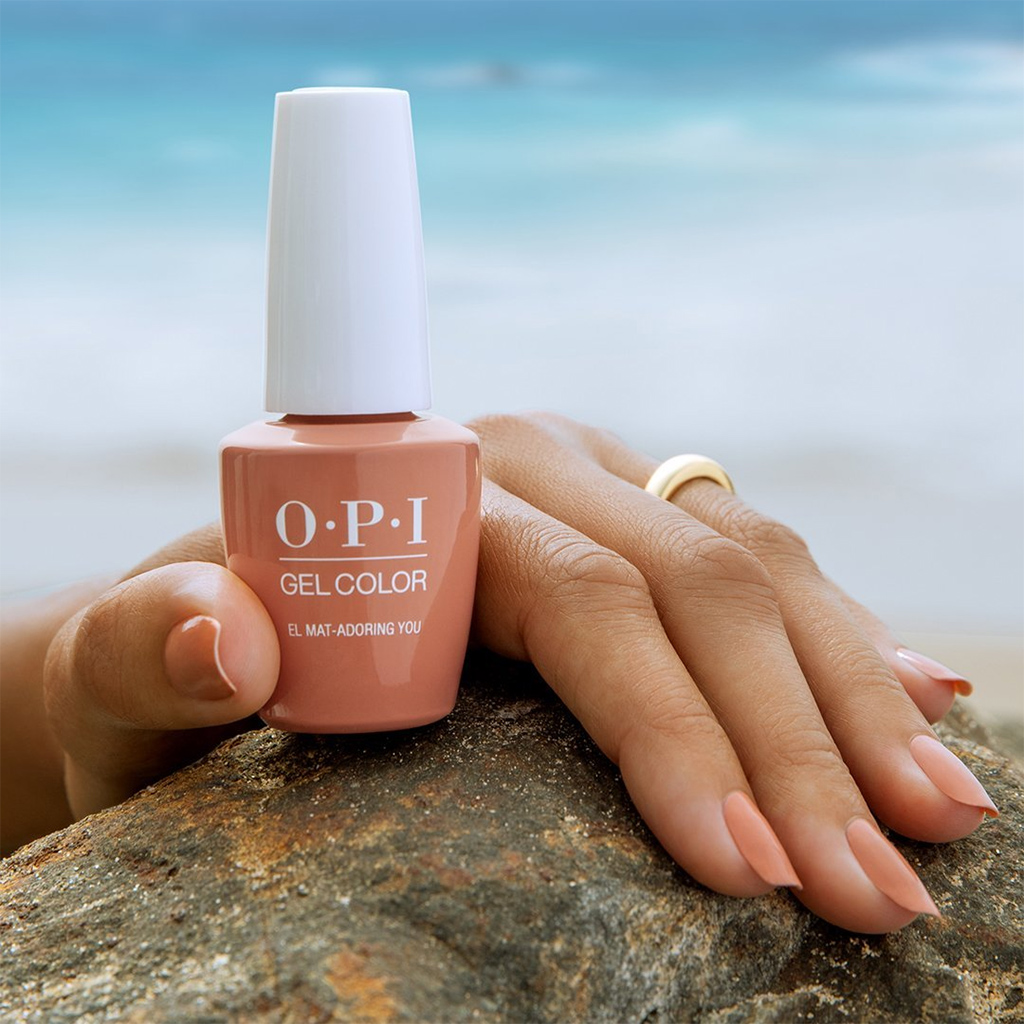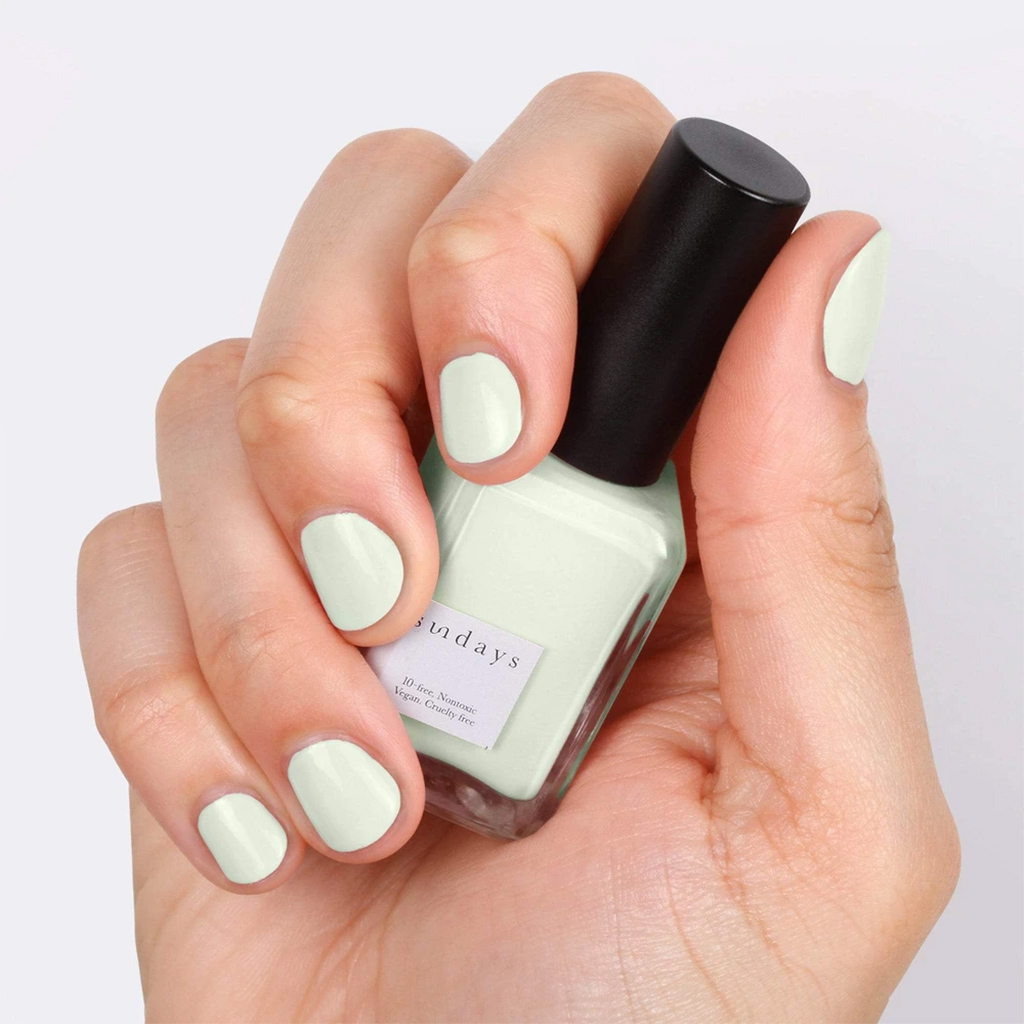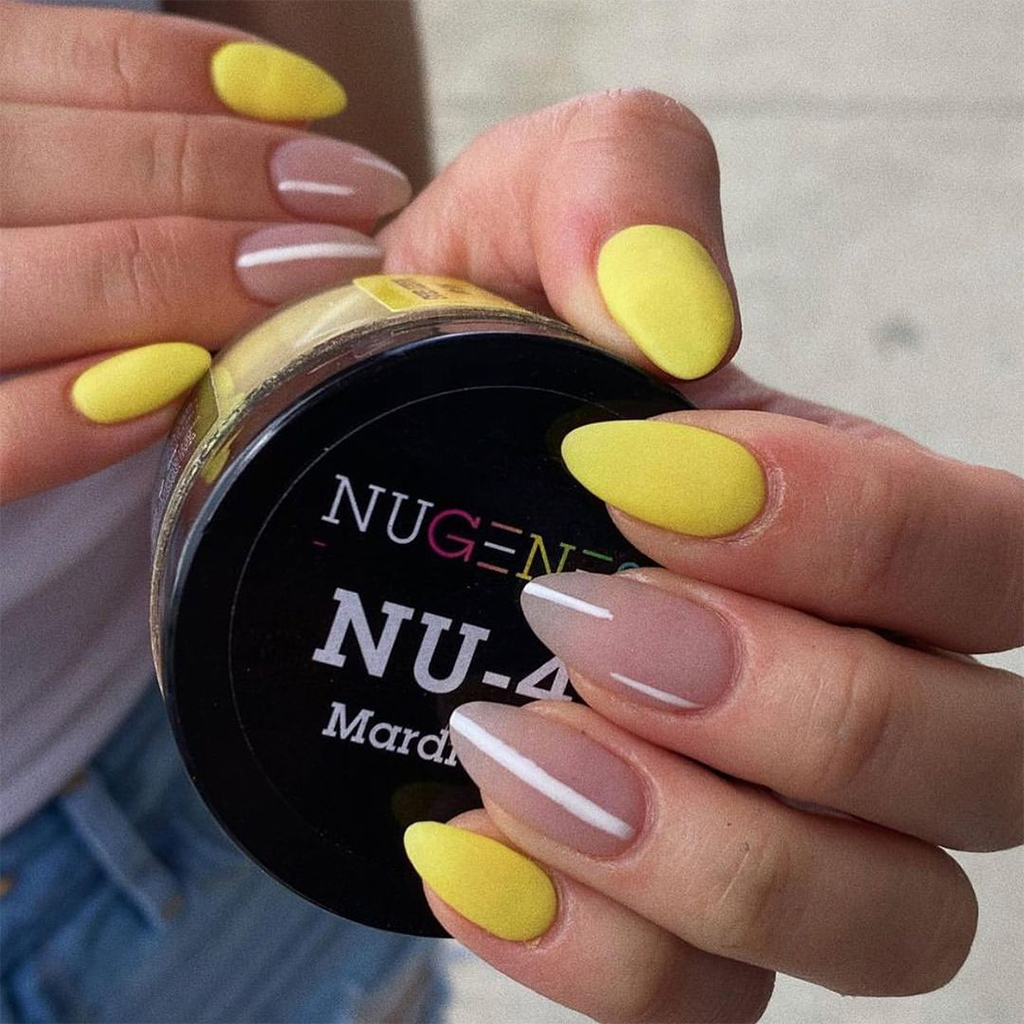Be Careful about the Various Health Issues Connected with Nail Polish Products
The times have changed for the better today, where you get high-quality nail polish without any toxic substances that could harm your nails and overall health. However, one should be careful and know the pros and cons of different nail manicures from a health viewpoint before going for it.
We shall start our discussion with traditional nail polish and then look at other manicures like gel nail color, dip powder, and non-toxic acrylic paint.
Traditional Nail Polish

The traditional nail polish manicure is one of the simplest procedures where you apply multiple coats of nail polish on your nails and allow them to dry naturally. The conventional nail polish ingredients include polymers dissolved in a solvent. On exposure to air, the solvent vaporizes, allowing the polymers to harden.
Many people use hybrid nail polish where the application procedure is the same, with the only difference that the manicure lasts much longer than the traditional nail manicures.
The advantage is that traditional nail polish can be easily removed using acetone-based nail polish removal solutions. In addition, the process does not take much time, and there is less acetone exposure to the skin and nails. However, there is a drawback because the darker colors can cause nail discoloration.
Gel Nail Polish

Gel color manicures are different because of the use of UV light to cure the polish. UV exposure is integral to gel polish that helps the polish to dry and harden instantly. The process works by the liquid on the nail absorbing light energy from the UV lamp and undergoes cross-linking to solidify. While the UV light energy from the sun can help dry the polish layer, it takes more time. Hence, the best color gel nails are those cured under a UV lamp.
Exposure to UV radiation can cause imbalances in your cell structure that could even lead to cancer. LED lamps are a suitable alternative, but this light energy also contains UV light in some form.
The positives of color gel nails are that they last longer than traditional nail manicures. However, the primary drawback is the extended exposure to UV light. Secondly, wearing gel polish for long periods can cause the nails to become brittle. Besides, the removal process involving aggressive filing and buffing, and soaking the nails in acetone for extended periods can harm the nail’s natural growth.
Non-Toxic Nail Polish

When selecting a specific nail polish product for your nails, it is better to go for nail polish made from non-toxic ingredients. Generally, you find terms like 5-free, 7-free, or 10-free. They mean that the nail polish is free from various toxic ingredients.
The primary toxic components one should look for are formaldehyde, toluene, dibutyl phthalate, camphor, and formaldehyde resin. These ingredients can cause skin problems like dermatitis. Camphor oil is dangerous because there are chances of its ingestion while eating food. Formaldehyde, a preservative, is a renowned cancer-causing agent. These harmful chemicals can enter our bodies through skin absorption or food ingestion.
The advantage is that non-toxic nail polish is easy to remove. In addition, it does not have harmful chemicals that could pose health hazards and is a good option for sensitive skin. The drawback is that there is not enough research on the non-toxic chemicals present in the polish to ensure that they do not cause long-term harm.
Dip Powder Manicures

Unlike gel color manicures, dip powder manicures do not require curing under the UV lamp. Hence, the process is comparatively safer. However, dip powder applications use a specific adhesive that contains cyanoacrylate, one of the principal ingredients of super glue. Though this product does not contain the primary toxic chemicals, cyanoacrylate can be dangerous.
The advantage of dip powder is that there is no exposure to UV radiation. The primary drawback is there can be improper sanitation methods used in nail salons. It can lead to contamination of dip powders leading to nail infections. The removal procedure is also a bit harsh because of prolonged exposure to acetone. Acetone can dehydrate the skin and nails to make them brittle and prone to breakage.
The Precautionary Measures to take
One should always opt for high-quality nail polish products that do not use toxic chemicals as their primary ingredients.
It is better to follow hygienic practices when applying dip powder by refraining from dipping your nails into bottles that others have already used. Instead, the better procedure is to sprinkle dip powder on the nails.
Though acetone is the best nail polish removal solution, one can try out other alternatives.
People prone to skin allergies should not go for gel color nails as they are at a higher risk of damage caused by UV exposure.
Conclusion
Nail manicures are beautiful to have, but one should exercise care to ensure that the process or the chemicals present in nail polish do not affect their overall health adversely.
